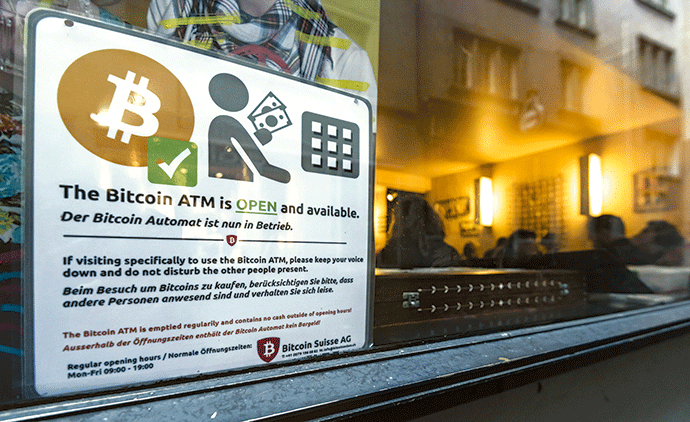
1. Cash to cash
Walk into money transfer centres such as those operated by Western Union and UAE Exchange, which work typically on a cash-to-cash basis. Hand over the money, which is converted to the currency of the destination country and picked up by the recipient, or in some countries, delivered to the recipient, either instantly or within a day or two.
The payment receipt will have a money transfer control number, which must be presented by the receiver to collect the funds. The service is subject to high exchange rates and fees per transaction because of the cost of cash disbursement.
2. Cash to bank account
This service lets you pay in cash at a money transfer operator’s (MTO) branch, like those under UAE Exchange or Al Ansari Exchange, while the recipient receives the remittance directly into his or her bank account. It can be credited almost immediately, but typically, it takes a few days and is usually subject to a flat remittance fee, which includes the exchange rate. UAE Exchange offers an instant bank credit service called
FLASHremit. Western Union also offers account-based money transfers.
3. Bank to bank account
Send money directly from your bank account to the recipient’s account. Most banks have this service, with faster delivery and lower fees if the transfer is to a partner bank. It can be arranged online or by phone by providing the account and routing numbers for both the sending and receiving banks. Fees are usually higher than those offered by MTOs.
Emirates NBD offers the quickest bank-to-bank platform to three of the largest remittance corridors from the UAE (India, Pakistan and Philippines) through DirectRemit — a 60-second fund transfer at zero transaction cost and competitive exchange rates.
4. Via credit and debit cards
For certain services, such as Western Union and MoneyGram, using a debit or credit card can speed up the time taken to send the money. Some services even let you send money to a recipient’s credit card.
UAE-based non-resident Indians can use a locally issued credit card and transfer money to any bank account in India through the online cross-border remittance service, Remit2India.
However, using a credit card could cost more, and you could face extra charges, depending on whether the transaction is processed as a purchase or cash advance.
5. Prepaid cards
Some services send funds via a prepaid debit card that the recipient can use for cash withdrawals and, in some cases, purchases. The benefit is that the sender can replenish the card in the home country. This service is usually subject to very high fees.
6. Mobile or online transfers
There’s also the option of sending money through a transfer service’s website. Beyond that, there are several new technologies including a free PayPal app to transfer money to a recipient’s phone. Western Union also offers a mobile money transfer programme to transfer funds directly to mobile phone wallets in Bangladesh, Kenya, Madagascar and the Philippines.
7. Bitcoin
Bitcoin is a digital currency with global value, low fees and fast transactions. Customers can buy or sell bitcoins anywhere in the world using bitcoin exchanges like Igot, the first bitcoin exchange in the UAE.
Customers first need to set up a bitcoin account and complete a cash deposit. Once this is done, the cash can be converted to bitcoins.
The currency can only be stored in web-based wallets. At the other end, the recipient takes the bitcoins he has received and convert them at a local exchange.
It is important to keep in mind that this is an emerging technology. Proper research is required before initiating any money transfers.












